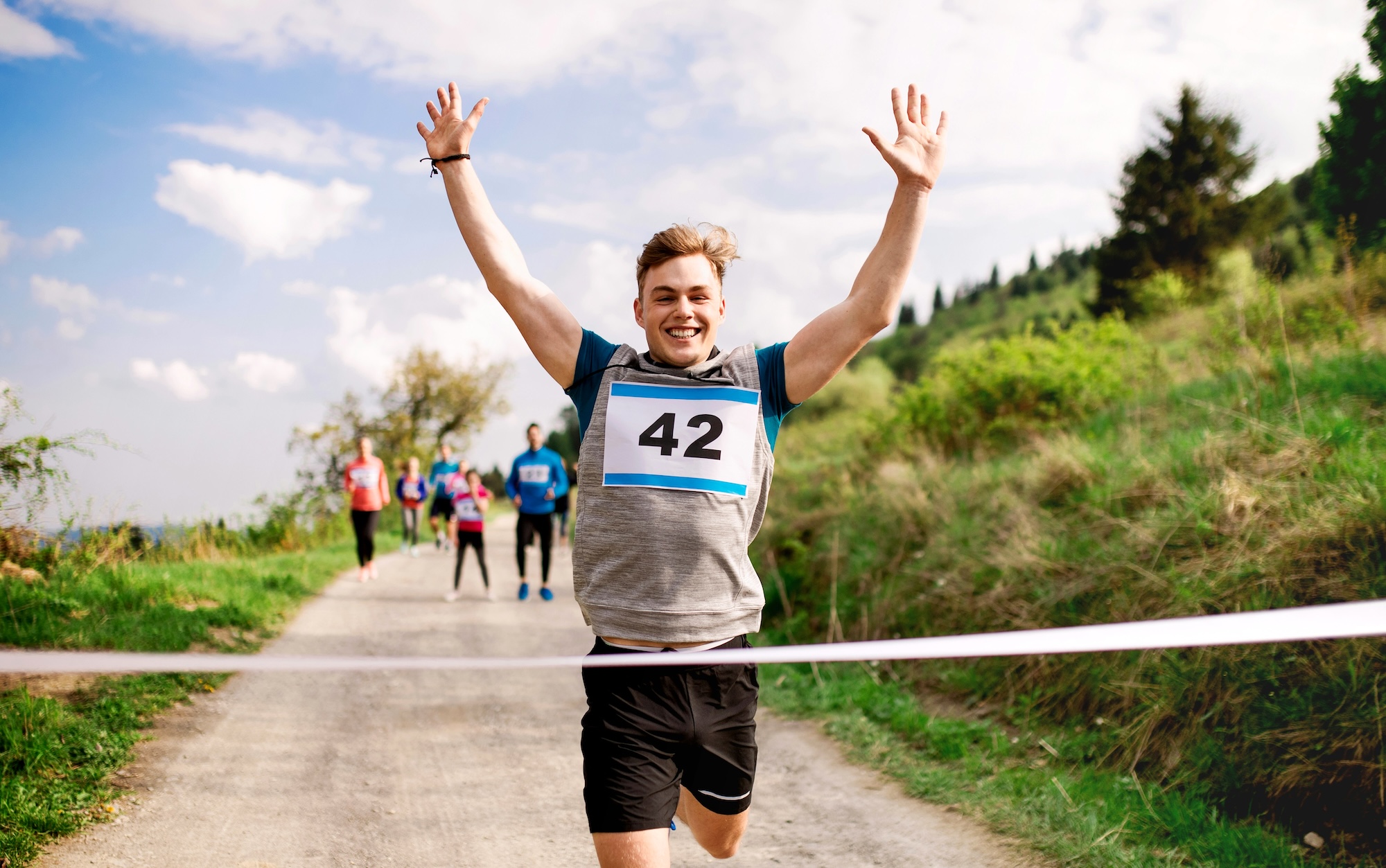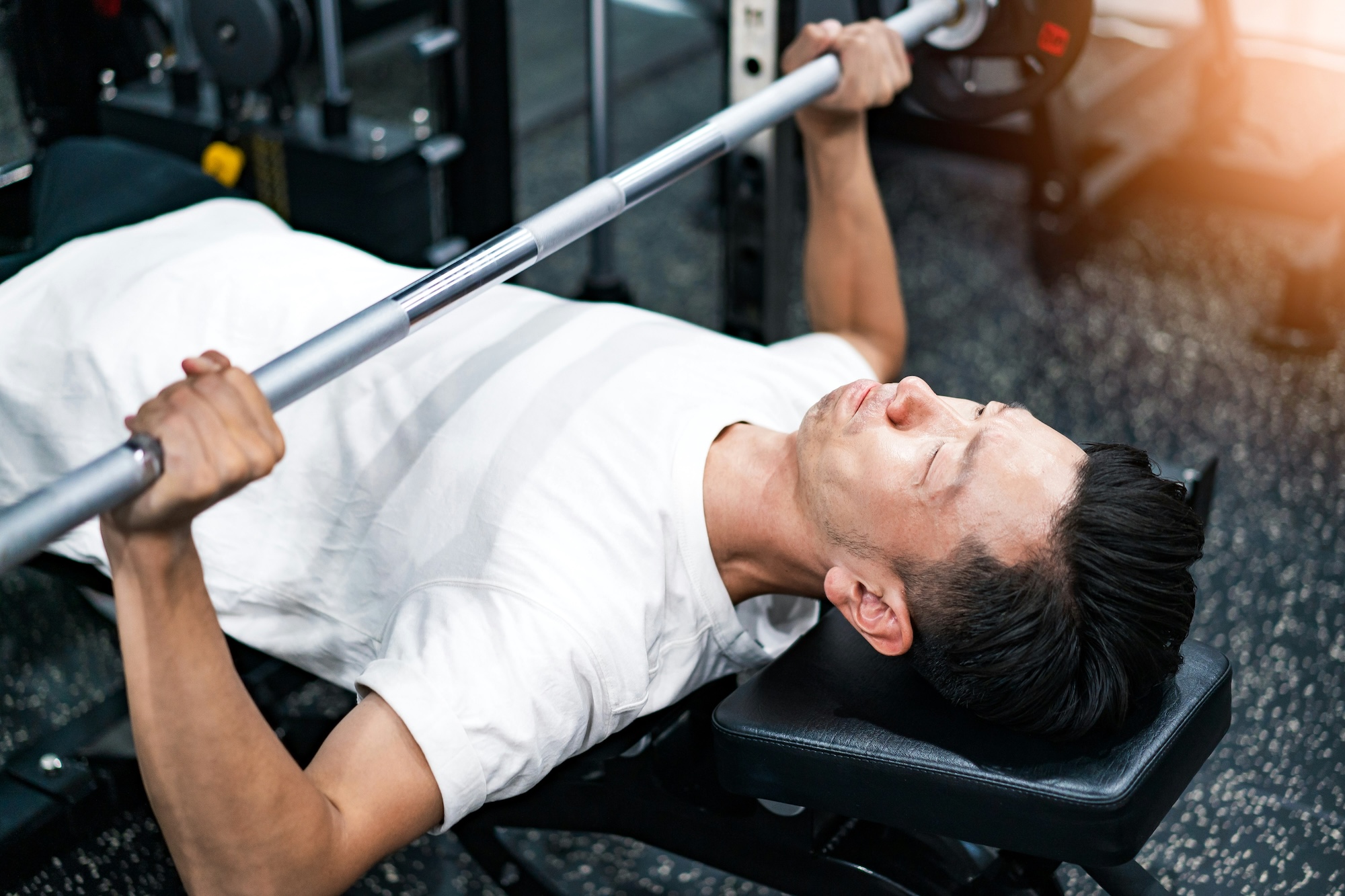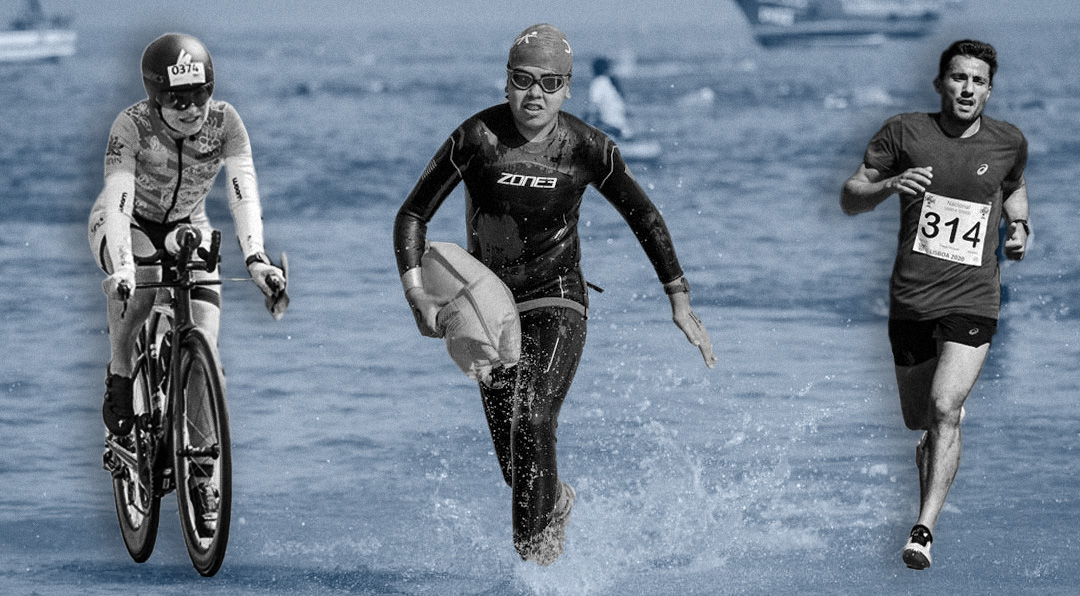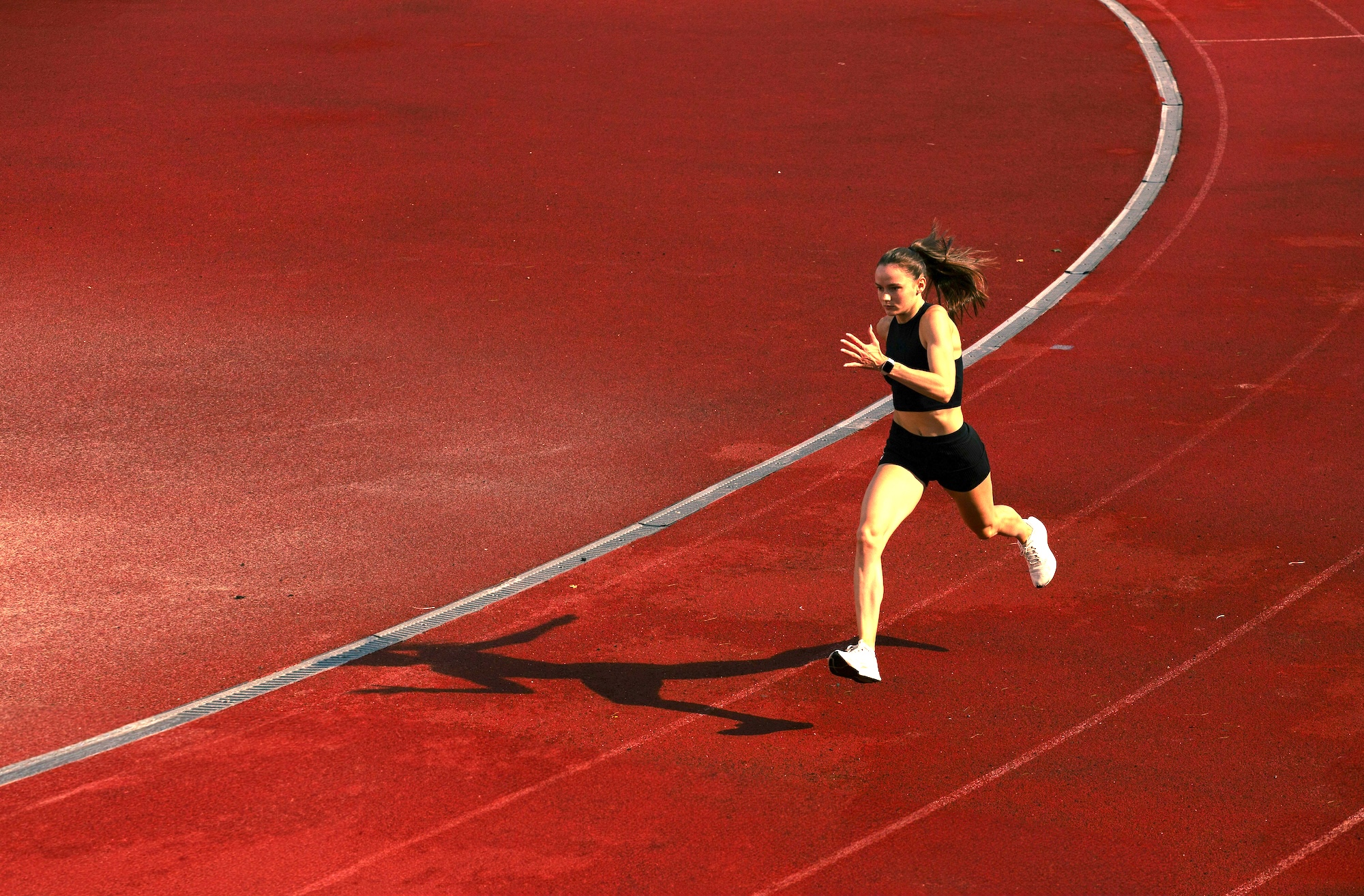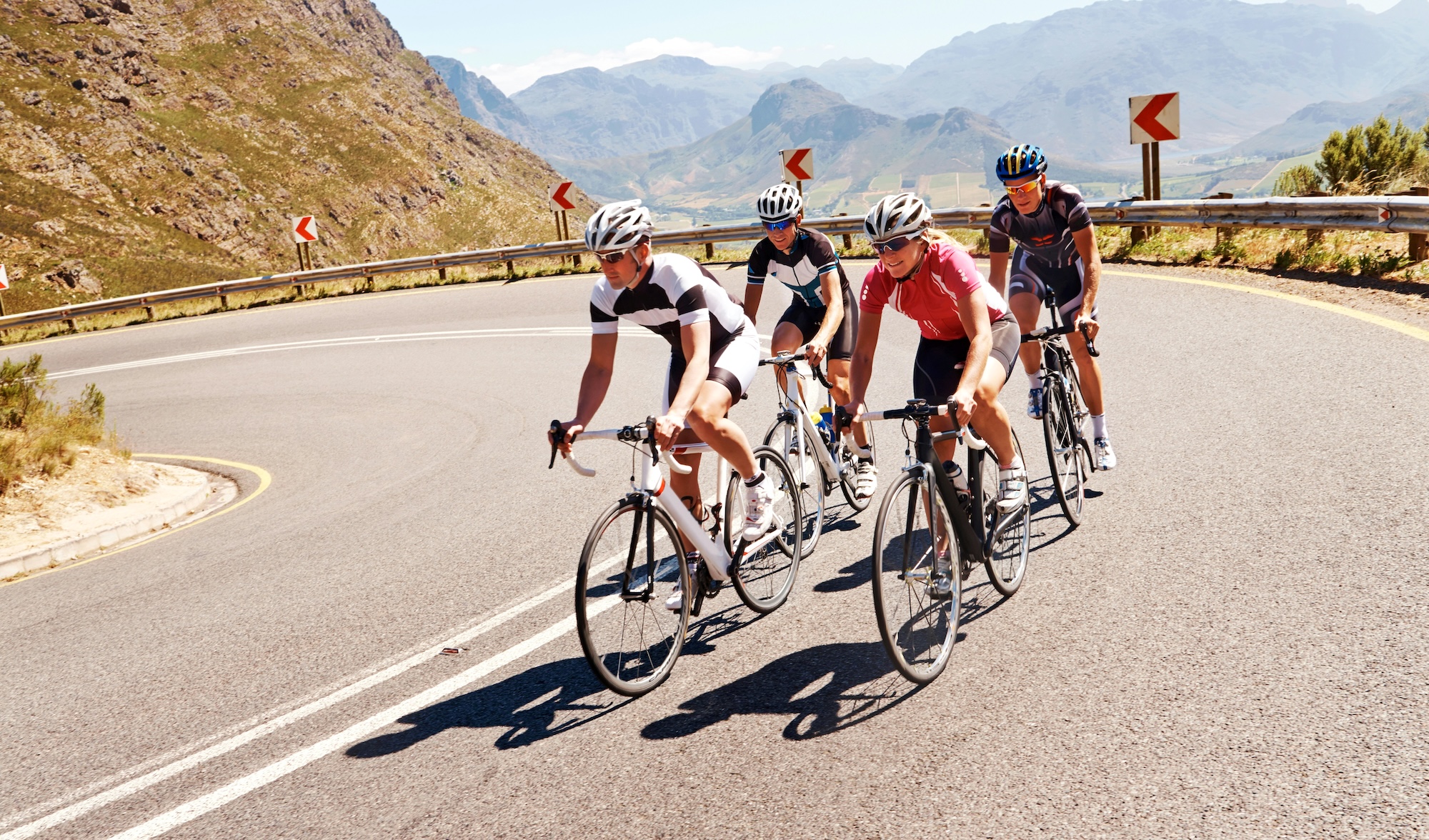Gua sha gained ground when it trended on TikTok but this form of soft tissue therapy has long been a tool for healing and recovery
Photos by Content Pixie/Unsplash and Polina Kovaleva/Pexels and courtesy of Don Velasco
Having raced competitively for more than a decade, I’ve learned to prioritize certain things that are oftentimes overlooked. Proper recovery is definitely one of them.
A common mistake people make is to equate recovery with rest. While rest may be a component of recovery, it doesn’t encompass the whole concept. There are other aspects to it that necessitate some sort of intervention rather than the passivity of rest.
Take massages for example. Prior to the pandemic, I was big on getting massages and visiting my physiotherapist for myofascial release and other assessments. Akin to that of a car, I found that certain injuries can be prevented and performance can be enhanced when you perform such “maintenance work.”
However, since we’re all (still) on lockdown, regular visits might not be practical for a lot of people—like me. Thus, I decided to take things into my own hands, literally, with gua sha.
Let me start off by saying gua sha won’t work with all types of problem areas or injuries. In fact, it mainly caters to muscle nodules (locally known as “lamig”) that we usually encounter
What is gua sha?
Gua sha is a traditional Chinese healing method that uses a tool to stroke your skin with a controlled application of force. In fact, the term gua sha literally translates to “to scrape.” In essence, you’re scraping your skin and the underlying tissues.
I was confident enough to try it for myself since I’ve been working with a lot of physiotherapists in the past and am quite adept when it comes to my regular “problem areas.” Also, being a coach and overall geek, I was quite confident with what I know and responsible enough that I don’t encroach beyond it. Let me share my gua sha experience with you.
I decided to borrow my wife’s extra gua sha tool for the face to get things started. This tool is smaller than what most physiotherapists use, thereby making it harder to use. However, I was desperate and decided to give it a shot.
How gua sha helps
Let me start off by saying gua sha won’t work with all types of problem areas or injuries. In fact, it mainly caters to muscle nodules (locally known as “lamig”) that we usually encounter. These nodules form because of how our muscles work and how our body heals. Let me explain.
Our muscles are made of fibers and when our muscles contract and relax, these fibers should be able to slide past one another with ease. However, as we train and work out, microtears are introduced to these fibers and are in need of repairs.

But sometimes, the repair process doesn’t go completely according to plan and the muscle fibers clump together. These adhesions feel like knots and are one of the reasons why we feel tightness and pain. The goal of massages, specifically gua sha, is to help break down these clumps to restore proper mobility.
Solving problem areas
Personally, since I’ve been focusing on cycling and upper body strength, my regular problem areas are my quads and shoulders. There are days when I either experience dull pain or feel soreness when subjected to weight-bearing exercises. To add insult to injury, significant bouts of rest don’t seem to do the trick.
Gua sha came to the rescue the first time I tried the technique. First of all, let me emphasize that your gua sha tool should always be clean and sterile especially if you’re sharing it with someone else. There is always the risk of breaking skin when applying force so sanitation is key.
Aside from that, proper lubrication is important to keep things running smoothly—literally. I prefer to use lotion rather than oils since they can sometimes act as an irritant, especially if you have sensitive skin (like me).
One thing I noticed is that you know you’re hitting a problem area when you see a buildup of petechiae or red rash-like (but painless) patches on your skin but this is not an indicator of how effective or ineffective the procedure is
As for the movement, it is recommended that you apply long strokes along the direction of the muscle fiber preferably with an upward direction. However, since I’m doing it on my own, I found that the movement doesn’t matter as long as you’re going along the direction of the muscle fibers.
One thing I noticed is that you know you’re hitting a problem area when you see a more pronounced buildup of petechiae or red rash-like (but painless) patches on your skin. It may be a coincidence, but I don’t seem to notice much of this phenomenon in other areas that don’t have any nodules (even if I try rather hard to scrape). It’s important to note that the appearance of petechiae (or lack thereof) is not an indicator of how effective or ineffective the procedure is.

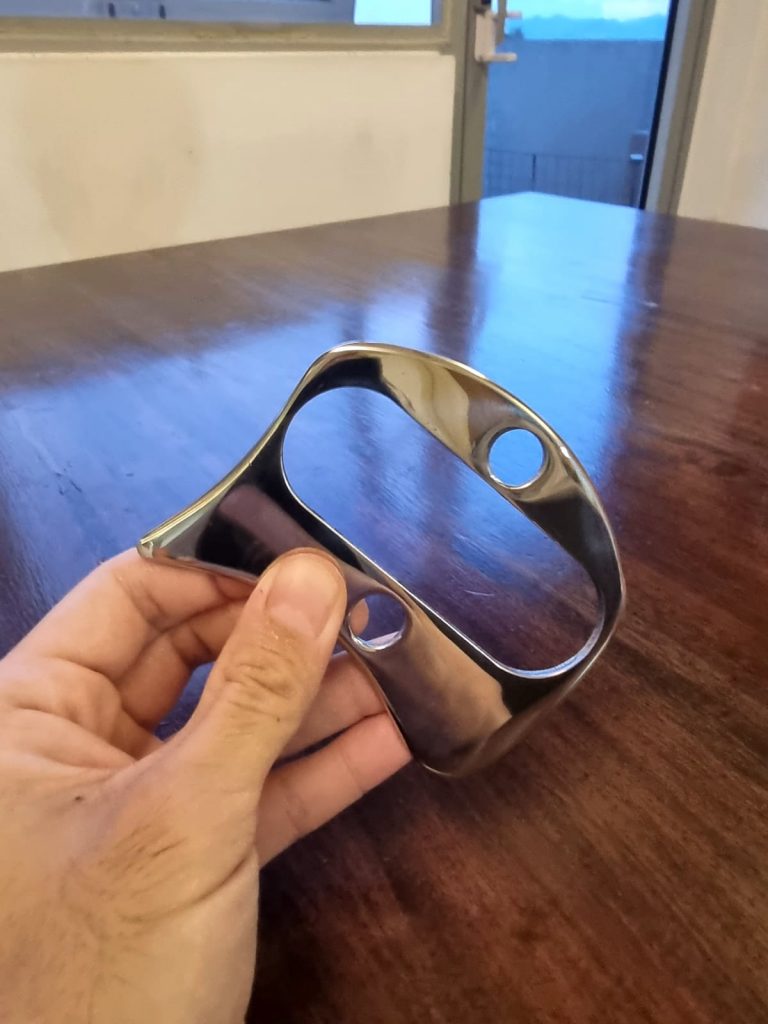
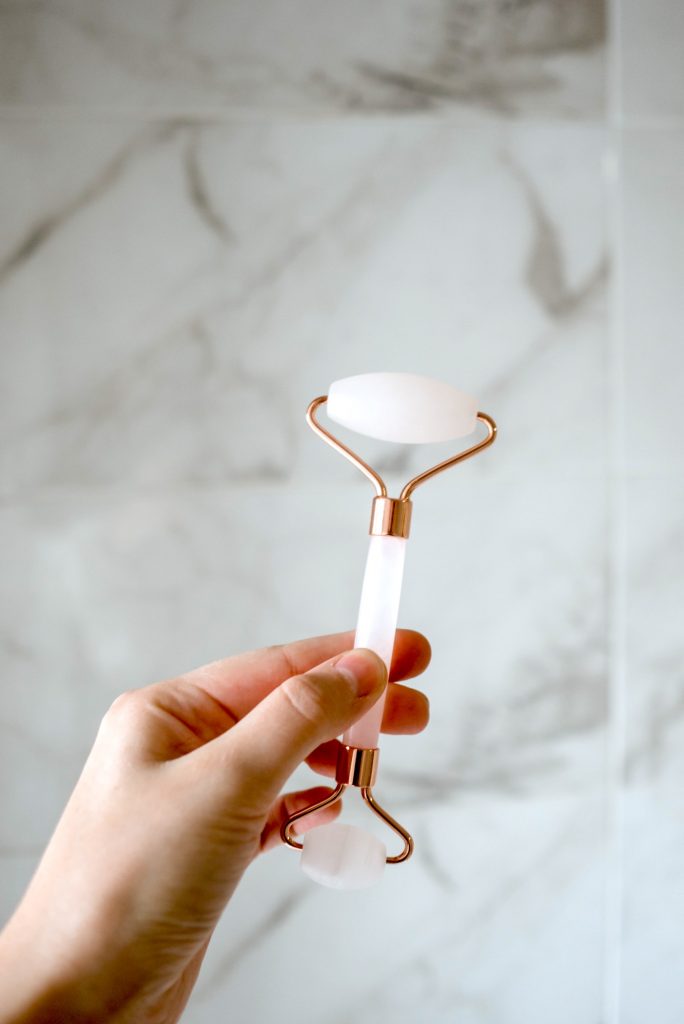
Post-gua sha observations
One of the first things I noticed is the significant improvement in my range of motion after a gua sha session. It’s amazing how much better I feel after a single session.
However, based on my experience, gua sha might also be less effective to other muscles that are not near the surface. Muscles like the soleus are not easily manipulated by the tool. It can still work, but you probably need to put in extra effort or time.
Secondly, despite their ghastly appearance, the red patches on my skin are purely cosmetic in nature and are not sensitive to touch. These go away in a couple of days and are what I like to call “battle scars” in the recovery process.
Aside from the mobility improvements, I also noticed that my muscles seem to recover faster or are ironically less sore the day after a gua sha session. It might seem counterintuitive since trauma was introduced to the muscle, but I definitely feel fresher after a session.
I also noticed that other modalities can also help with the recovery process. Specifically, the things I add to the mix post-gua sha session are my magnesium spray rubdown and a session or two of recovery (compression) boots. I feel these things help a lot in terms of “flushing out” the legs, thereby helping me stay fresh for the next day’s workout.
Lastly, let me emphasize that gua sha might not be for everyone. Ideally, ask for help from a licensed physiotherapist, especially if you are not familiar with what you’re doing. Also, all these things may be mere anecdotal evidence or the placebo effect working, so still take all points with a grain of salt.
However, personally, gua sha will always be part of my recovery routine, especially during bouts of hard training. At the end of the day, it’s for you to decide.
Have some training questions, feedback or suggestions for future articles? Drop a note in the comments section below or on Facebook, Twitter or Instagram. You can also get in touch with Don directly here.











